When comparing the data between Oscars 2020 to Oscars 2021, a lot of differences are revealed. The polarity is significant, from cameras (film, digital, and format), to the budget, crew, principal photography, and post-production. Let’s explore the intriguing data below.
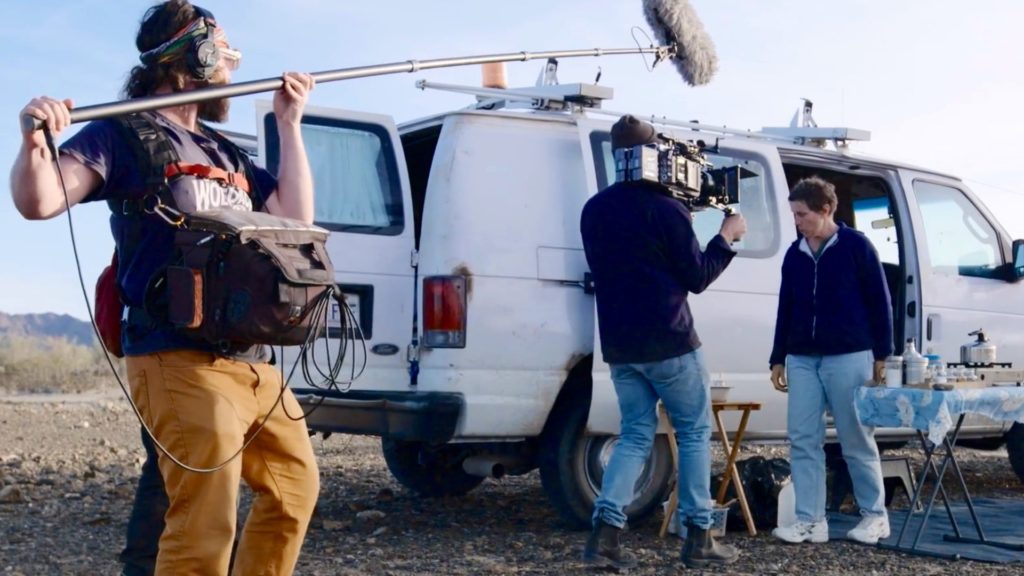
Disclaimer: This article is just serving the data and visualizing it, for educational purposes. It’s not supposed to indicate some kind of significant tendency. The goal is to educate regarding one of the most interesting topics, and that would be the numbers behind the Academy Awards nominees.
Cameras
When examining the cameras that shot Oscars 2020 and Oscars 2021 films, nominated for Best Picture and Cinematography, we reveal that Oscars 2020 has much more camera diversity. For instance, in Oscars 2020 the dominant cameras were ARRI ALEXA Mini and ARRICAM film cameras, whereas in Oscars 2021 ARRI ALEXA Mini LF ruled together with other ARRI digital cameras (Mini and LF). It must be noted that the ARRI Mini LF was a new camera back then, so productions that submitted movies to Oscar 2020, didn’t have the privilege of using it, excluding 1917 (shot by Roger Deakins). Furthermore, the Sony VENICE which is being used extensively lately was entered the list. However, we can conclude that there isn’t something new under the sun. Almost every year, the list is characterized by the same cameras. Explore the slide below which compares the cameras behind Oscars 2020 to Oscars 2021:
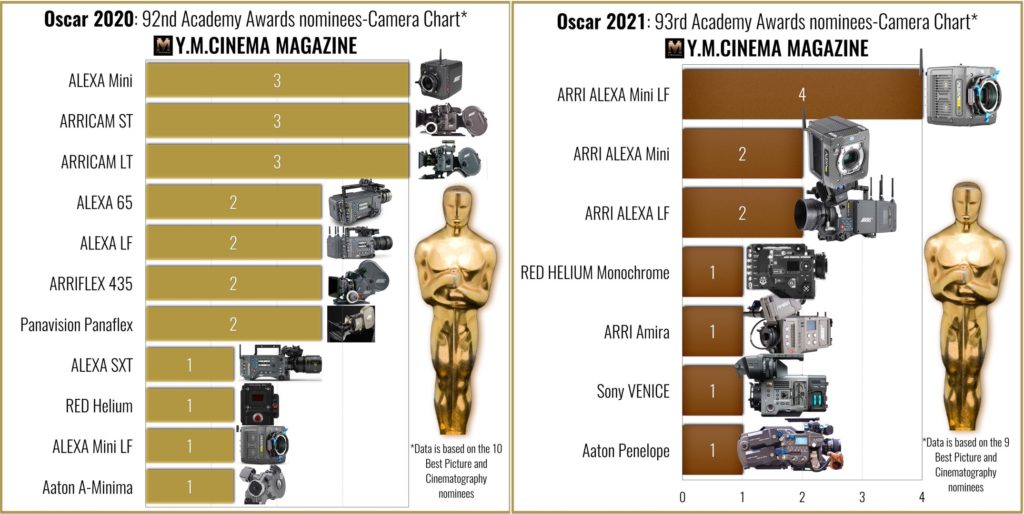
Film vs. digital
In Oscar 2020, the majority of the nominated films were shot by film cameras, as opposed to Oscar 2021 nominees that used almost exclusively digital cameras. In other words, film stock has won in the 92nd Academy Awards and lost big time to digital in the 93rd Academy Awards. The reason for that may be an enigma. The most common assumption is that the movies in Oscar 2021 made mainly for streaming services and were not created to be viewed on the big screen due to COVID. Thus, the organic texture of film was not utilized. Nevertheless, it must be noted that those films were shot before COVID restricted production, and moviemakers could not anticipate the pandemic limitations and restrictions regarding theater screenings. Furthermore, it can be just a coincidence, since many productions in 2019 used film stock.
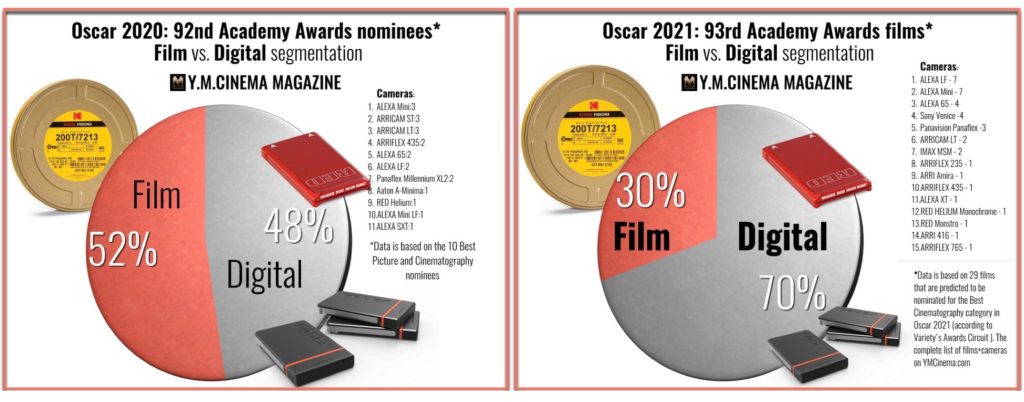
Large format vs. Super 35
2019 and 2020 will be remembered as the years of the rise of large format cameras and lenses. Rapid progress in advanced technologies, especially in sensor development, facilitates manufacturing processes that lead to enhanced ability to produce large sensors. In parallel, there’s a significant improvement of the camera computing power (related to digital cameras), and thus, more large format cameras are being born. As a result, the look & feel of the large format that is characterized by a larger field of view, shallower depth of field, and enhanced low-light performances, is being chosen by DPs and directors \, in order to shoot their film in this format. Indeed, more and more films are being shot with large format cameras. In the slide below you can explore that hypothesis. Notice the drastic change between Super 35 to large format cameras in Oscars 2021 compared to Oscars 2020. The data shows that there’s consensus that large-format became more popular than Super 35.
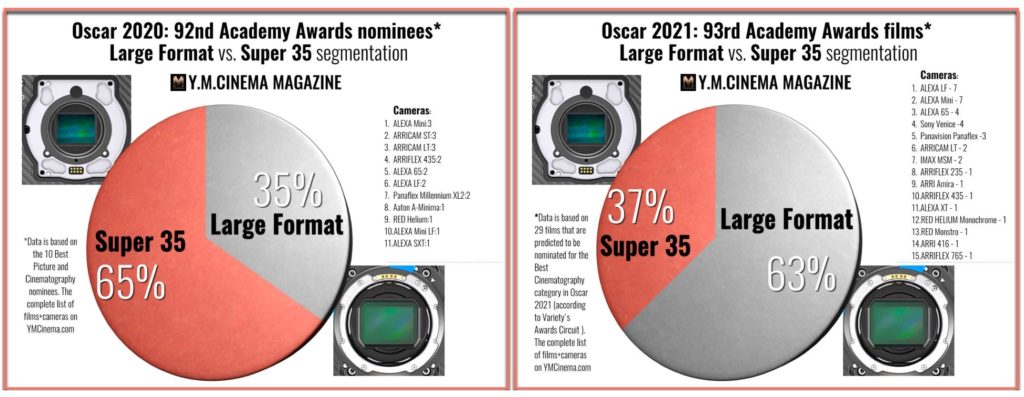
Figures (budget, crew, production, and post)
The next data is derived from the frame.io survey regarding Oscars 2020 and Oscars 2021. fame.io research sheds light on the figures behind the Academy Awards Best Picture nominees. We took the numbers and transformed them into graphs. Based on the frame.io survey, the chart below emphasizes the main differences. One of the most intriguing findings is that the winners in the Best Picture category, are, in fact, low-budget movies (Parasite -Oscars 2020 and Nomadland – Oscars 2021). Only a fraction was invested in them compared to other films. The budget of Parasite was $11M, and for Nomadland only $5M was invested, nevertheless, they’ve won Best Pictures.
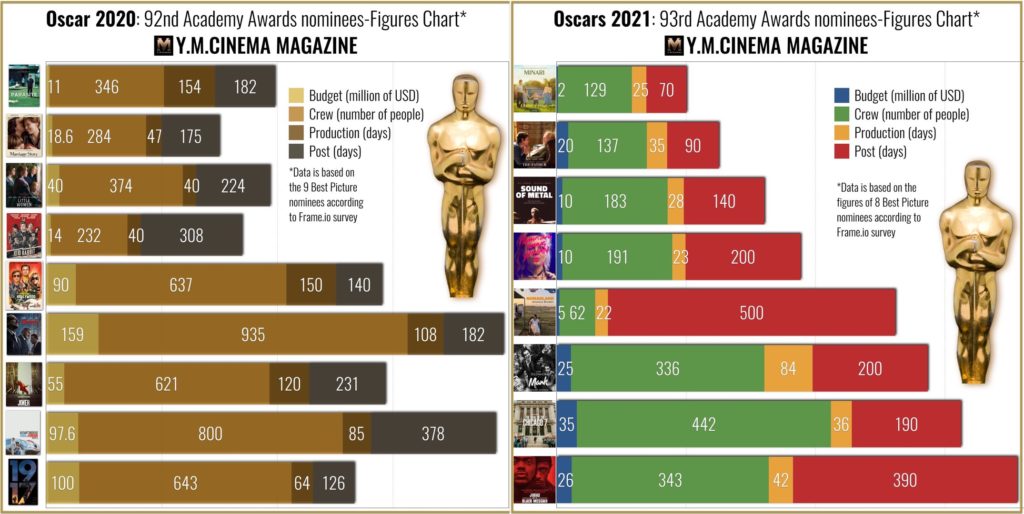
Oscars 2020 vs. Oscars 2021 – Figures Chart
The graph below allows us to compare to data as a whole. At a glance, we can see that the average budget of Oscars 2021 was significantly lower compared to Oscars 2020 (Please note that the graph shows the average numbers calculated by sum divided by the number of films, according to frame.io survey). In accordance with the budget that was lower, the crew was smaller, as well as the number of days of the principal photography. Interestingly, the average time of post was higher in 93rd Academy Awards films. It might be because of reduced manpower to accomplish post-production tasks. For instance, in the winning movie Nomadland, the director edited the film by herself, which took approximately 500 days. That number is responsible for the elevation on average. Explore the graph below.
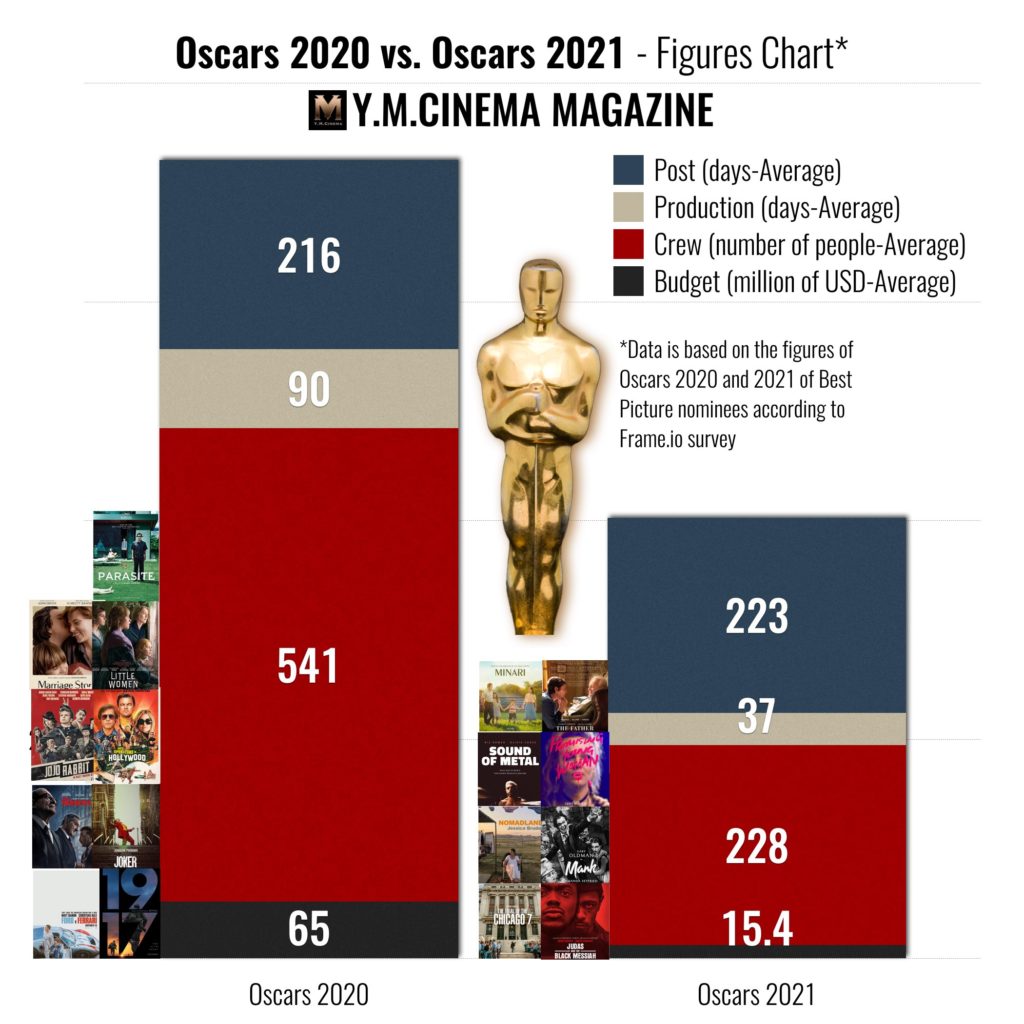
What are your thoughts about the comparison between Oscars 2020 to Oscars 2021? Do you think the differences indicate tendency, or should it be applied with a grain of salt? Throw your thoughts in the comments section below.

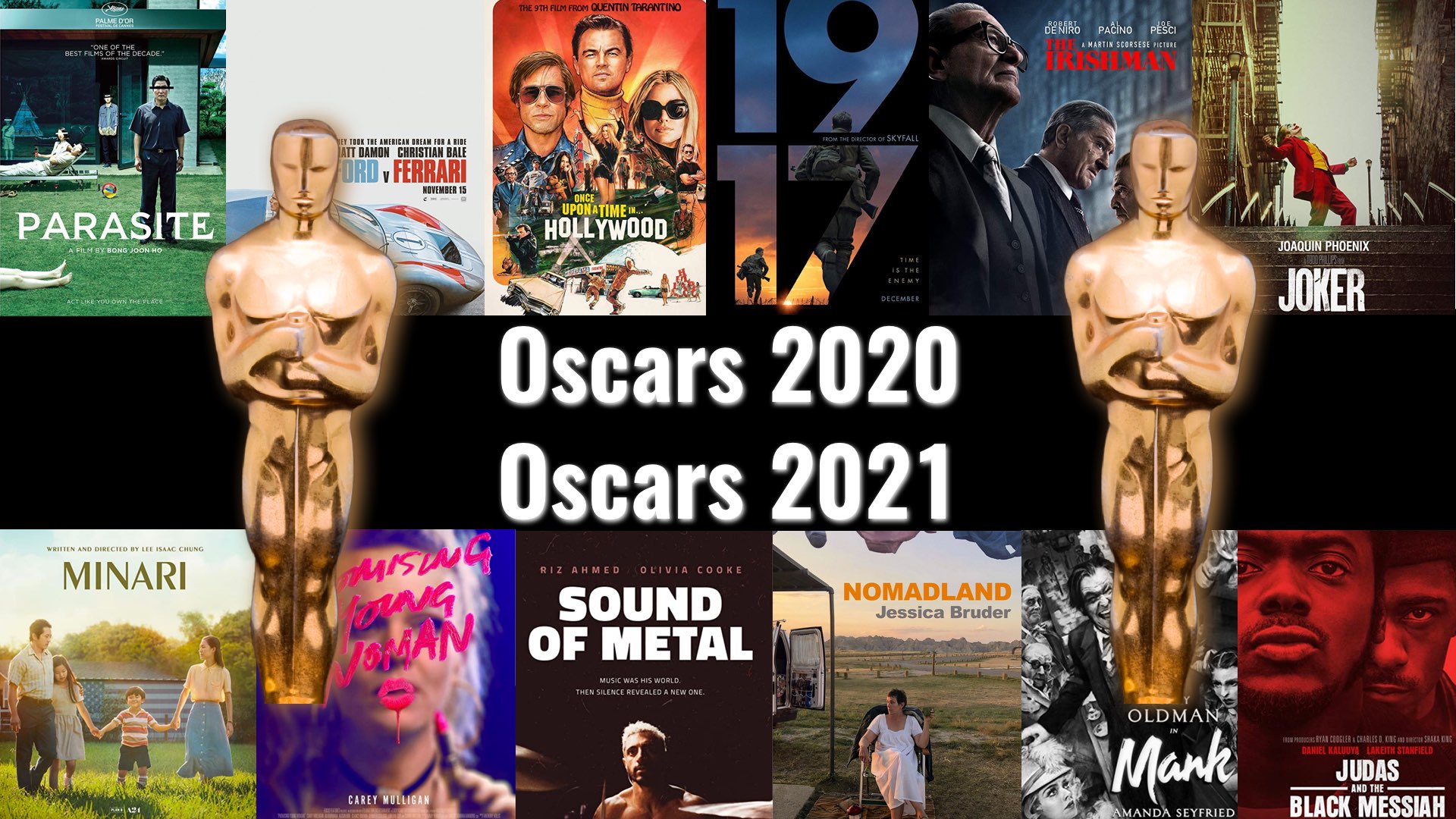
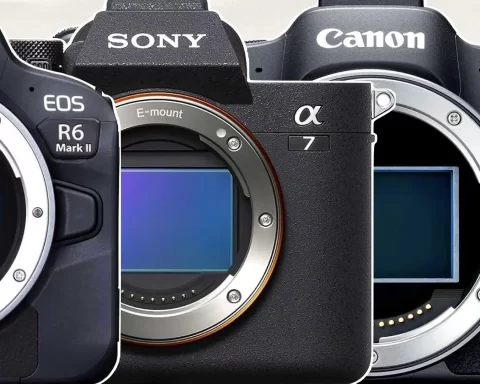
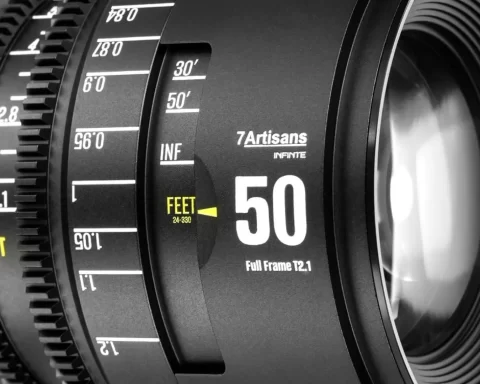
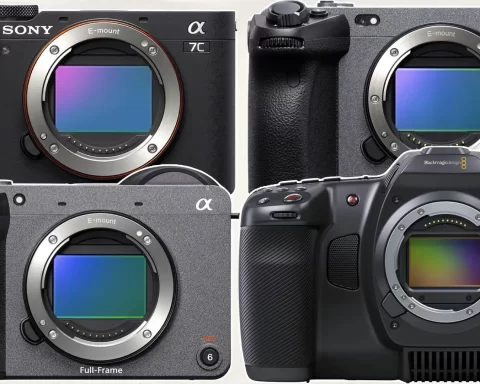

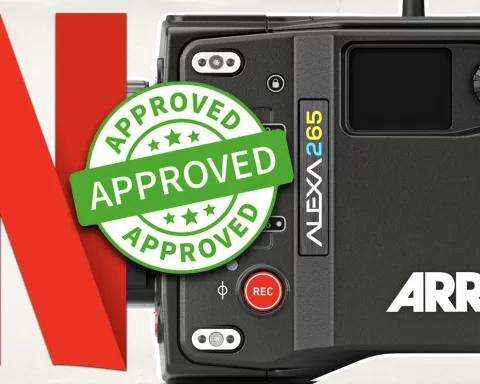


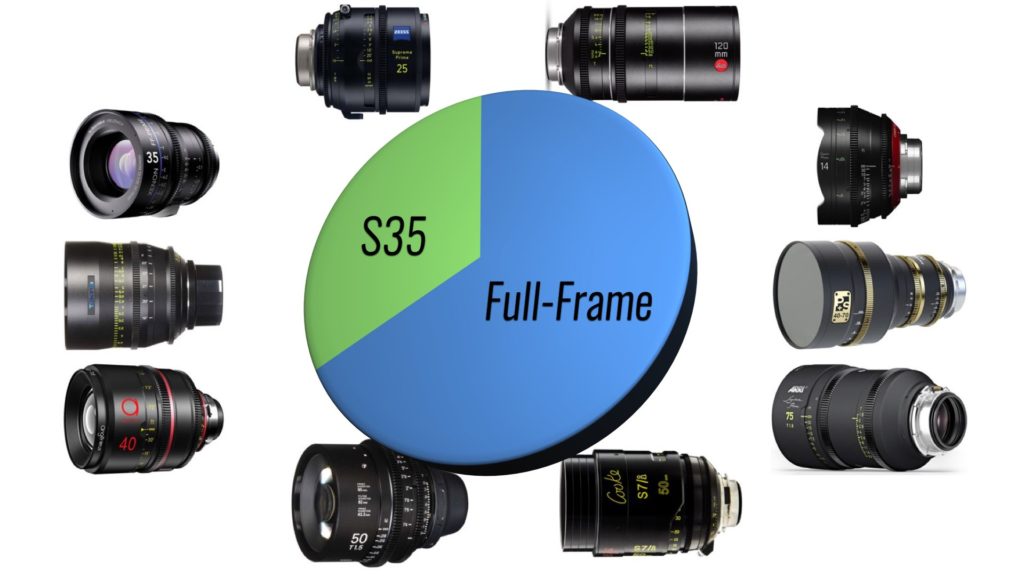
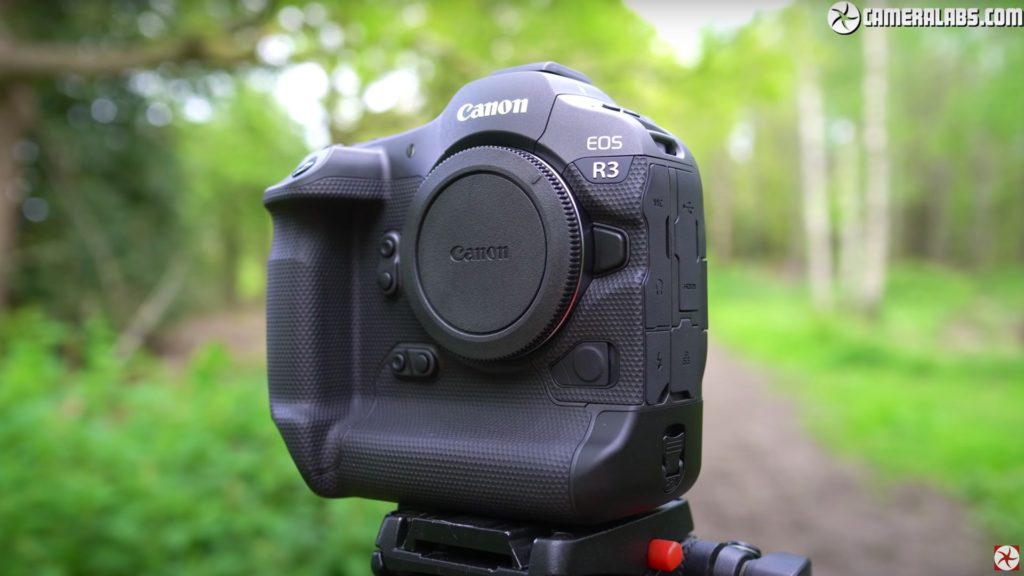
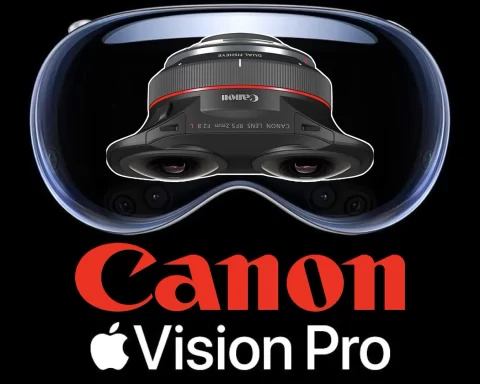
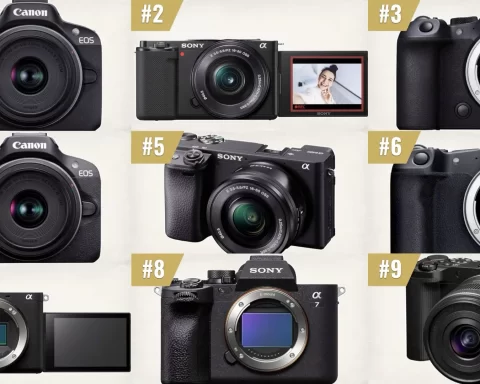
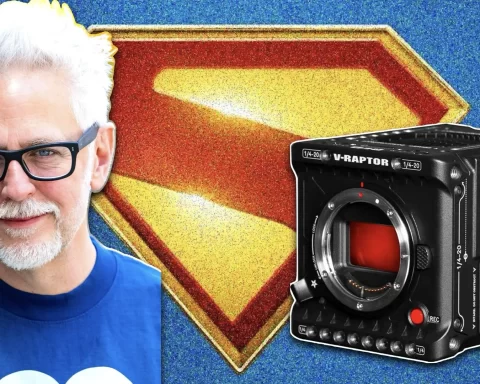



Great summery & informative!